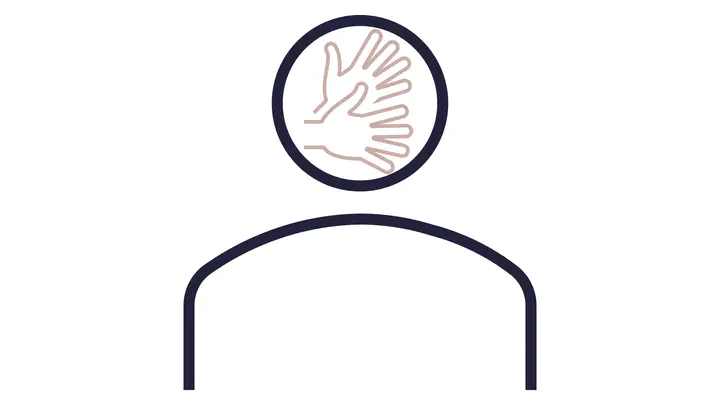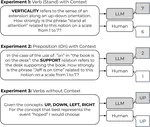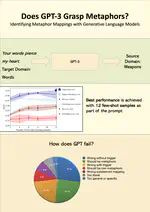Conceptual Metaphors and Image Schemas

In embodied cognition, physical experiences are believed to shape abstract cognition, such as natural language and reasoning. Image schemas were introduced as spatio-temporal cognitive building blocks that capture these recurring sensorimotor experiences. For instance, in early infancy, we experience many objects with the properties of a CONTAINER, i.e., having an inside and an outside separated by a boundary. The image schema CONTAINMENT captures this experience and is subsequently used to make sense of new physical experiences. At the same time, the image schema also influences how we think and talk about abstract concepts, such as thinking, emotions, or life.
This influence of image schemas on how we conceptualize abstract concepts is evidenced by conceptual metaphors. In conceptual metaphor mappings, concepts from an often physical, image schematic source domain are mapped to a more abstract target domain. Examples of conceptual metaphors are:
- LOVE IS A JOURNEY (we’ve come a long way),
- TIME IS MONEY (don’t waste my time),
- MIND IS A CONTAINER (my mind is full of worries).
In my research, I investigate how well state-of-the-art methods from natural language processing can extract and interpret instances of metaphoric or image schematic language. I am also interested in building new datasets featuring interesting multilingual examples, and analysing the use of metaphoric language in different domains.





